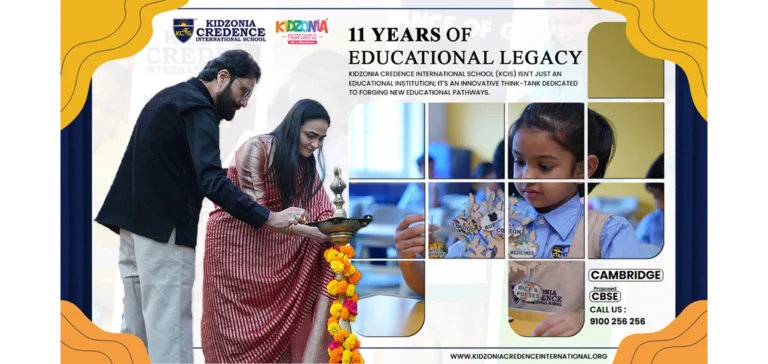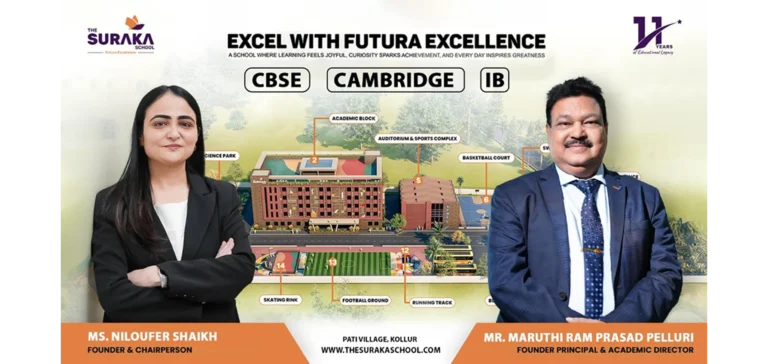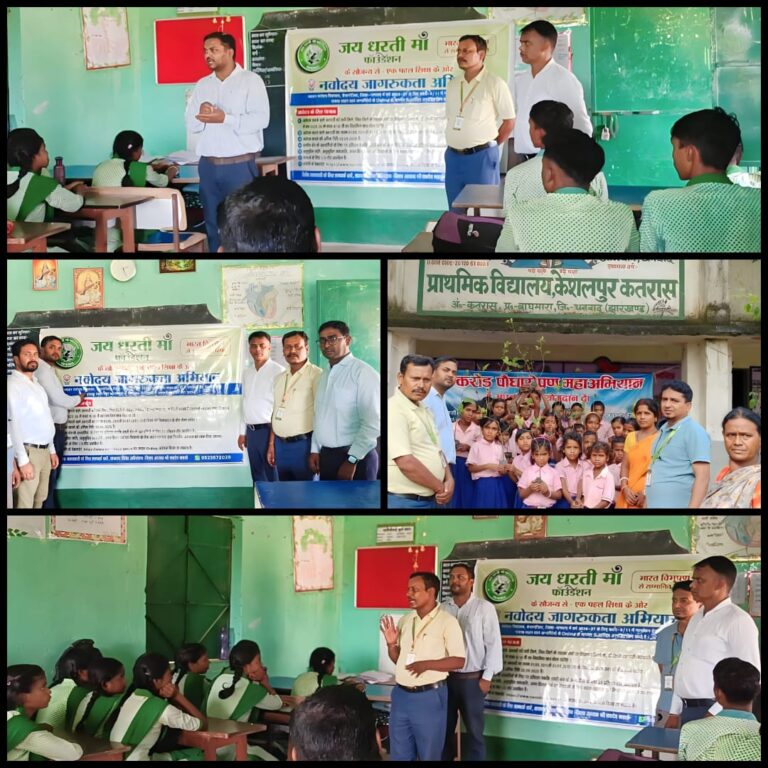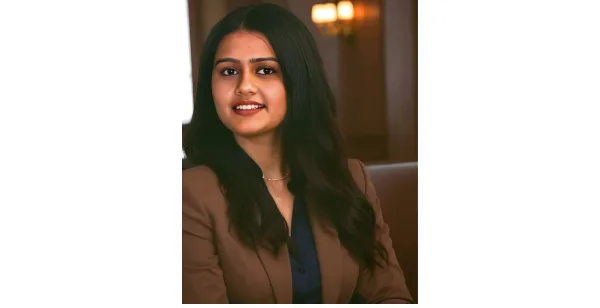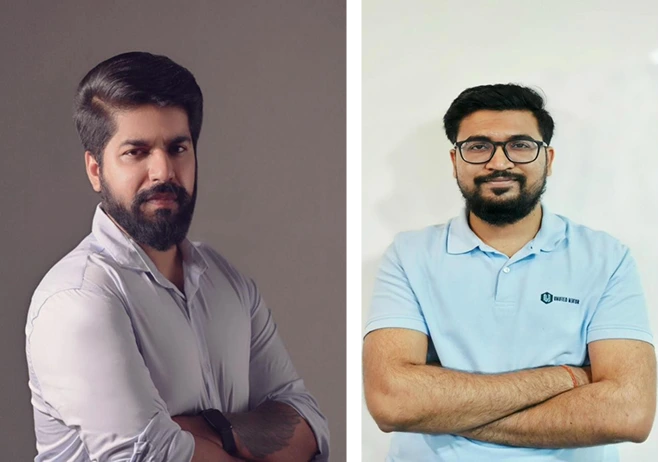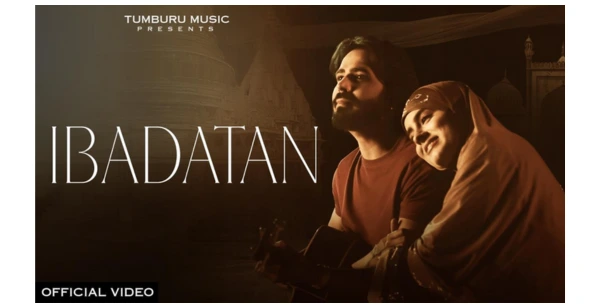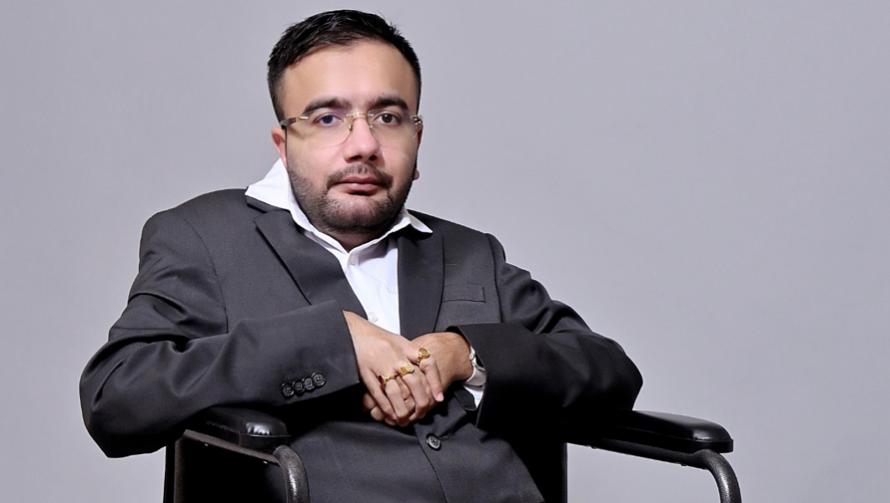
When first-time film producer Sahil Dhamija failed to land an OTT deal for his debut short, the experience uncovered a costly gap: conventional dubbing drains budgets and weeks from release calendars. That frustration evolved into Rochak, an AI-powered streaming service that now converts any film into fifteen-plus languages in mere hours—while retaining the actor’s own voice and emotional nuance.
Sahil Dhamija’s entrée into cinema seemed promising until distribution realities intervened. Public Place, his low-budget short completed in May 2024, was politely dismissed by every OTT curator he contacted. Reasons varied—“niche production values,” “unsustainable dubbing cost,” “limited audience reach”—but the impact was identical: no slot. By 15 August the film sat on YouTube, collecting views yet producing negligible revenue.
Dhamija refused to accept that defeat and, as a newcomer hungry to learn about the industry, he began dissecting the entire OTT ecosystem, from localisation workflows and licensing hurdles to revenue splits. He examined the numbers: traditional dubbing can consume roughly one-fifth of a mid-range budget and tack six weeks onto the release timeline. Worse, viewers often feel disconnected from mismatched replacement voices. If the obstacle wasn’t content but localisation, the fix had to be technological rather than financial.
Partnering with content strategist Bijay Rawat, Dhamija spent twelve months training neural networks to map an actor’s vocal signature—pitch curves, breath intervals, micro-emotions—and then regenerate that performance in any language requested. The outcome, dubbed the Rochak Voice Engine, can fully redub a feature in under six hours, retaining authenticity where old-school dubbing falters.
Real-world proof arrived with the platform’s maiden offering, MILF launched simultaneously in Hindi, English, Arabic and Tamil. Viewer metrics were decisive: 73 percent chose a dubbed audio track, average watch-time rose 33 percent and subtitle clicks plummeted. Audiences welcomed linguistic comfort as long as the actor’s intent survived.
Rochak will soon broaden device support. The Android app lands at month-end with offline downloads, 4 K casting and a swipe-ready language carousel. An iOS counterpart follows in thirty days, while smart-TV builds for Android TV, Fire TV and webOS are nearing release. Behind the scenes, engineers are perfecting a computer-vision module to synchronise lip movements with each new language—eliminating the final distraction from immersive localisation. A Creator Console is also on the way, enabling producers to upload a master file, select target languages and retrieve ready-to-stream versions—subscription economics only, no upfront licences.
Looking ahead to 2027, Rochak aims to support 35 languages, roll out real-time dubbing for live events and make “opening weekend, everywhere” attainable for indie filmmakers and studio giants alike. Its journey from a single “no” to a platform poised for global reach underscores a timeless lesson: obstacles often hide the blueprint for the next big breakthrough.



